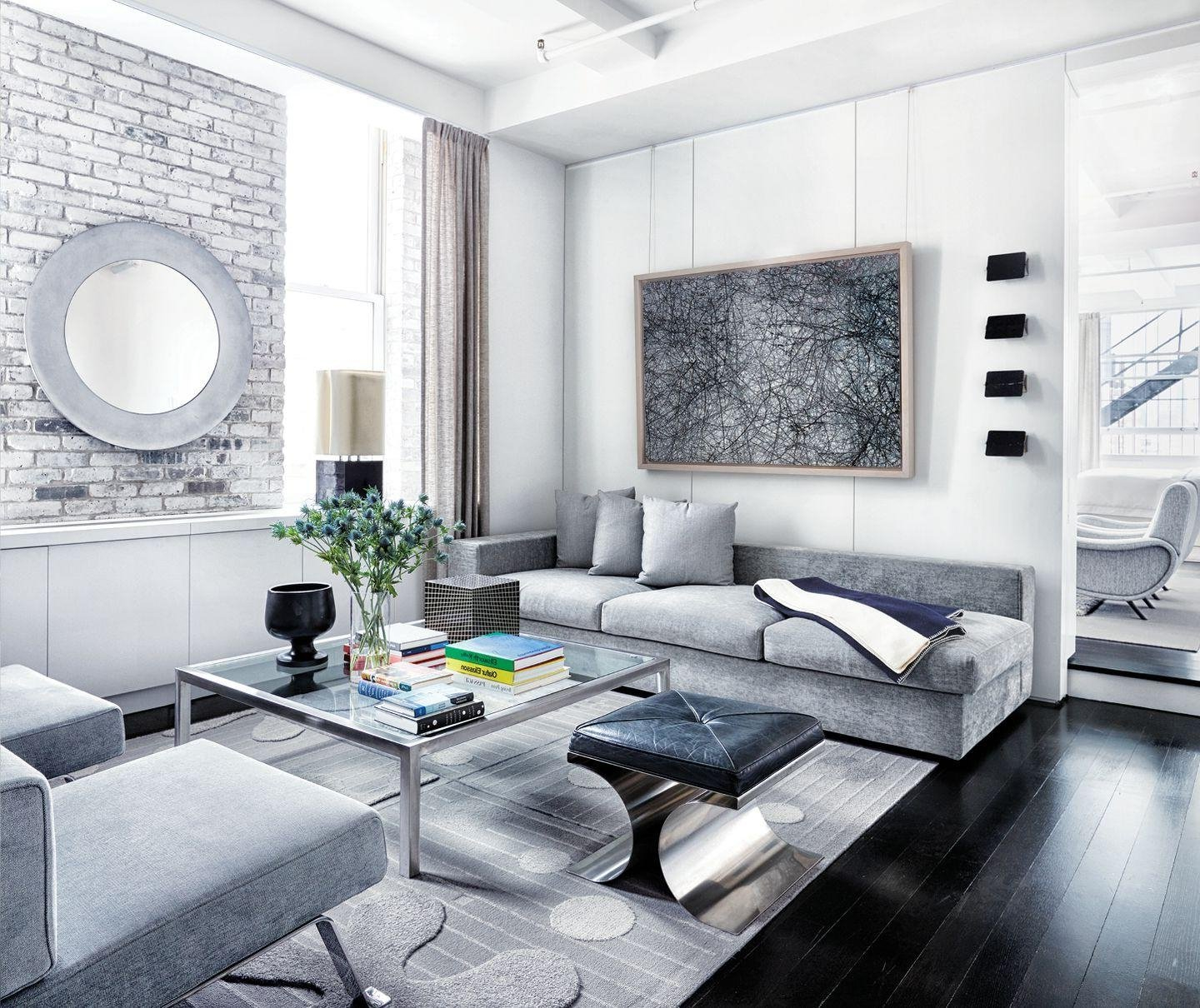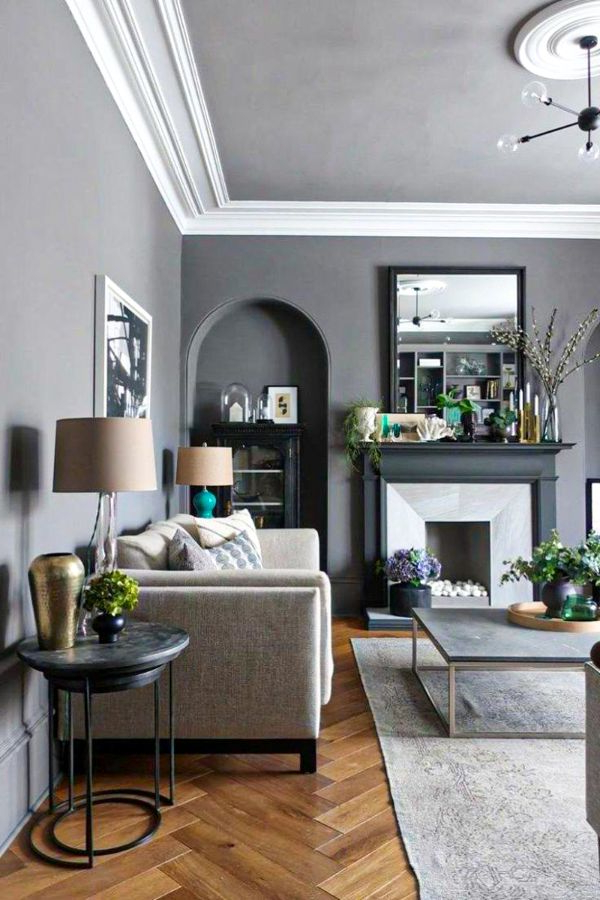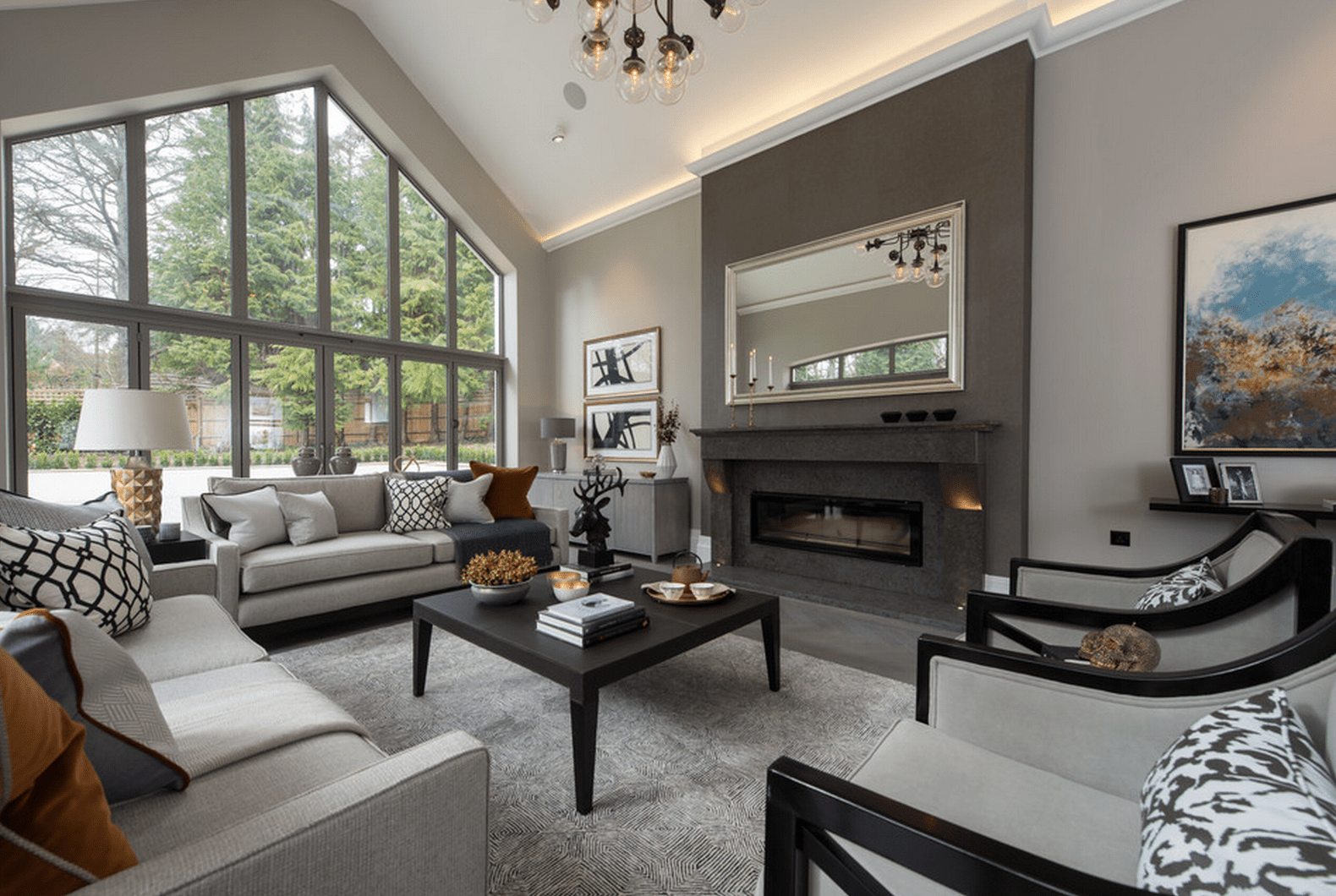Grey isn’t just a color—it’s a statement. Whether you’re starting fresh or refreshing your current space, picking the right grey shade can completely change how your living room feels. It’s not just about matching your mood, but creating a vibe that makes you want to stay put. So how do you navigate through all those grey options and find one that works?
Let’s face it—grey is everywhere. From fashion to home decor, this versatile hue dominates our lives. But when it comes to your living room, choosing the right grey shade isn’t just about liking the color. It’s about understanding how light affects different tones, how textures interact with various greys, and what kind of atmosphere you actually want to create. This might sound complicated, but we’re going to break it down into simple steps that anyone can follow.
Understanding the Grey Spectrum
Grey isn’t one single color—it’s a whole family of colors with subtle differences that can dramatically affect your space. Think of it like a rainbow, but with fewer bright colors. The main categories include warm greys, cool greys, and neutral greys. Warm greys have hints of brown or beige, while cool greys lean toward blue or slate tones. Neutral greys sit somewhere in between. Each type creates a different feeling in your room. Warm greys tend to make spaces feel cozy and inviting, like a warm blanket on a cold day. Cool greys give a more modern, clean look, almost like a crisp morning breeze. Neutral greys offer that balanced middle ground that works well with many different styles. Try to picture how each type would feel in your space before making a decision. What kind of energy do you want to bring into your living area? Do you prefer something that feels like a quiet retreat or a vibrant conversation hub?
Consider Your Lighting Conditions
This one’s crucial and often overlooked. The same grey can look completely different depending on whether it’s in a sun-drenched room or a dimly lit corner. Natural light changes throughout the day, and artificial lighting can also shift the way colors appear. In rooms with lots of windows, lighter greys work best because they won’t feel too dark or heavy. They’ll reflect the sunlight beautifully and keep the space feeling open. For rooms with limited natural light, go for deeper greys that won’t make everything feel like a cave. These will add richness without overwhelming the space. You might think a light grey looks great in your bedroom, but if you’re in a north-facing room with little sunlight, it could end up looking gray and dull instead of fresh and airy. Test your grey choices by checking them at different times of day. Better yet, bring actual paint samples home and let them sit in your room for a few days under different lighting conditions. Sometimes you need to see how a color behaves over time rather than just when you first apply it.
Match Your Existing Elements
Before settling on a grey shade, take stock of what’s already in your living room. What furniture pieces do you have? What colors dominate your rugs, throw pillows, or artwork? Grey works best when it complements rather than competes with existing elements. If you’ve got a lot of warm wood tones in your furniture, consider a cooler grey to balance things out. Or if you’re going for a modern look with sleek black accents, a warm grey might provide the perfect bridge. Don’t forget about your flooring too. Hardwood floors can make a space feel warmer, while tile or concrete floors might benefit from a grey that’s slightly cooler. Think about the overall palette. Are you trying to create a monochromatic scheme? Or are you aiming for a more diverse look with pops of color? Your grey choice should support your vision, not contradict it. Consider how your grey will pair with accent colors. If you plan to add bold reds or rich blues, you’ll want a grey that won’t clash with those vibrant hues. If you’re going for a more muted approach, your grey can be more of a background player.
Think About Room Size and Shape
The size and shape of your living room play a big role in determining which grey shade will work best. Small rooms benefit from lighter greys because they reflect light and make the space feel larger. Darker greys can make a tiny room feel even smaller and more cramped. In larger rooms, you have more flexibility—you can use deeper greys without worrying about making the space feel oppressive. The texture of your walls also matters. Smooth walls will show off a grey’s true color, while textured surfaces can make even the most perfect grey look patchy or inconsistent. If you have a high ceiling, consider using a slightly darker grey on the upper walls to create visual interest without making the space feel too tall and empty. For rooms with low ceilings, lighter greys can help make the space feel more open and airy. Think about the proportions of your room. If you have a lot of built-in storage, you might want a grey that helps define those spaces rather than blending them in completely. Sometimes a subtle contrast can make a huge difference in how your room feels.
Test Before You Commit
This is probably the most important tip we can give you. Don’t just rely on swatches or online images. These don’t tell the full story. Go to your local paint store and get actual samples. Apply them to large pieces of cardboard or poster board. Place them in your living room at different spots and observe how they look during various times of day. Some people prefer to paint a small section of their wall to test it out, but that’s risky unless you’re planning to repaint anyway. The beauty of testing is that it gives you real experience with how the color interacts with your specific space. You’ll notice how it looks in the morning sun, how it changes under your lamp, and how it appears when your room is filled with furniture and people. It’s easy to fall in love with a color on paper, but reality can be different. We’ve seen people buy paint based on online photos only to realize their chosen grey looked completely different in person. The sample test helps you avoid that disappointment. Plus, it gives you time to decide if you really love it or if it just seems okay at first glance.
Consider Your Lifestyle and Preferences
This might sound obvious, but it’s easy to overlook. What do you actually do in your living room? Do you entertain guests regularly? Is it more of a quiet space where you relax after work? These factors influence how you’ll interact with your chosen grey. If you’re constantly hosting parties, you might want a grey that hides dirt and wear better. Darker greys can hide fingerprints and coffee stains more easily than lighter ones. But if you prefer a clean, minimalist look, a lighter grey might be more appealing. Consider how much maintenance you’re willing to put into keeping your space looking fresh. Some greys require more attention than others. If you’re someone who likes to keep things simple and don’t want to spend hours cleaning, choose a shade that’s forgiving. Also think about your personal style. Do you prefer classic, timeless looks or are you drawn to trendy, contemporary designs? Your grey choice should reflect your personality and how you want to live in your space. If you’re someone who loves to experiment with different decor styles, you might want a grey that allows for flexibility. On the other hand, if you prefer consistency and stability, a more traditional grey might serve you better.
Choosing the perfect grey for your living room is both an art and a science. It requires you to consider everything from lighting to lifestyle, from room dimensions to existing furniture. But remember, there’s no such thing as a wrong choice. Every grey shade has its own character and can create a unique atmosphere. The key is to make a thoughtful decision based on your needs and preferences. Take your time, test your options, and trust your instincts. Your living room should feel like a reflection of you—not just a pretty place to hang out. When you find that perfect grey, it will transform not just your walls, but your entire experience of spending time in your home. That’s the magic of color, and that’s exactly what you’re aiming for when you choose your living room grey.















